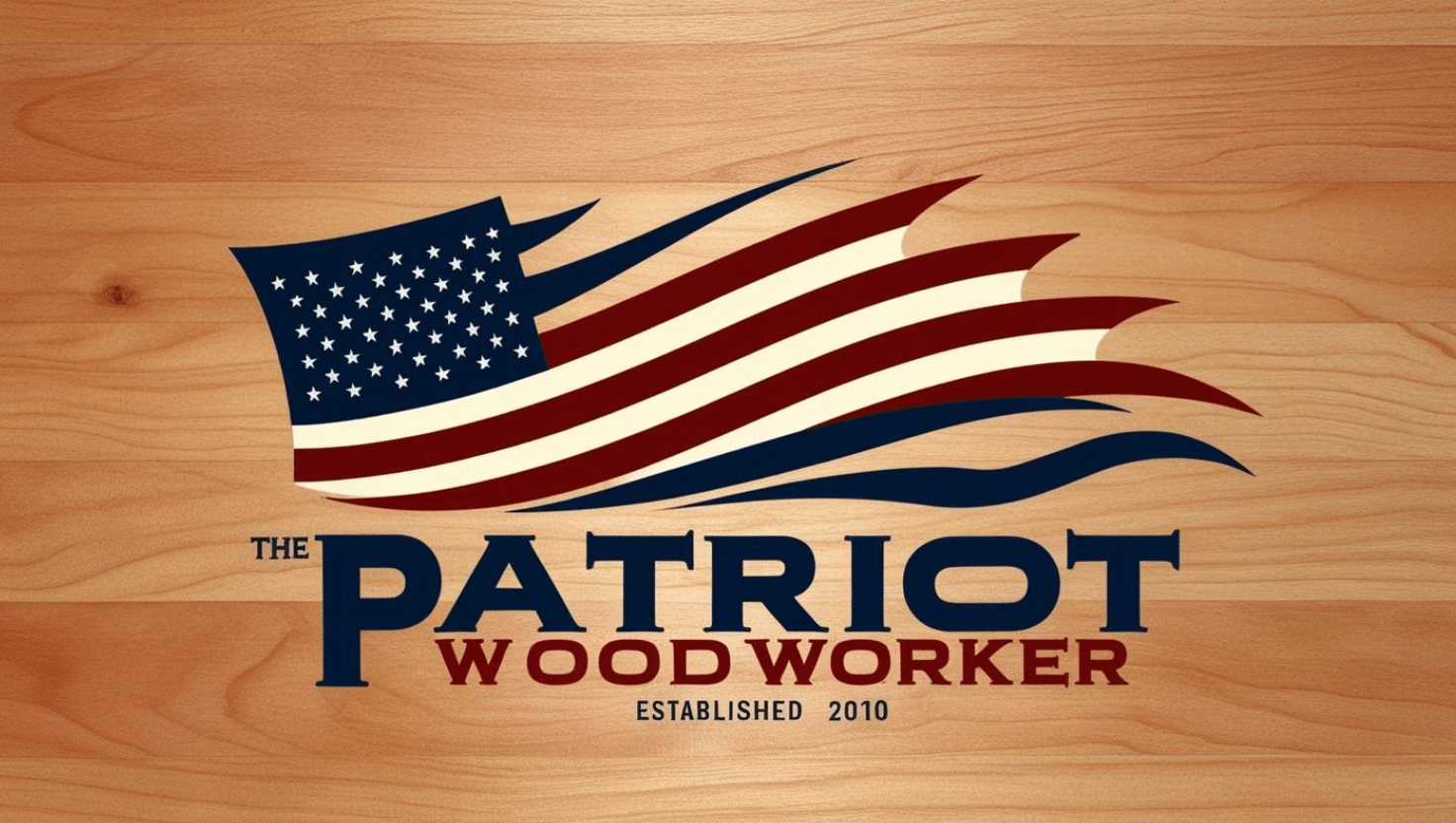Search the Community
Showing results for tags 'american wood'.
-
Trees are generally classed in two groups, namely, Softwoods or Conifers, and Hardwoods or Broadleafs. Those classed as softwoods usually have needle-like or scale-like leaves and on all but the junipers, some cedars, yews, and a few others, the “fruit” is a “cone” or ball of woody, overlapping closed scales, beneath each scale of which is enfolded one or more seeds. The “cone” of the junipers and yews is a small berry-like fruit within the pulp of which one or more seeds are enveloped. Because the leaves or “needles” of most of the conifers, except the Baldcypress and larches, remain on the tree for several years, the name “evergreen” is given this group. The botanical name for these plants is Gymnosperm. The softwoods are technically designated as nonporous woods usually having resin canals, which include only the wood of Gymnospermae. The softwood or conifer group of forest trees in the United States comprises 35 kinds of pines, 7 spruces, 3 larches or tamaracks, 4 hemlocks, 10 firs, 19 others, mostly cedars and cypresses, 4 yews and their relatives and 12 junipers, a total of 94 species. There is a total of about 845 native kinds of forest trees in the United States. In addition many exotic softwoods have been imported for ornamental and landscape purposes. The hardness or softness of the wood does not have any bearing upon its classification as a Softwood or a Hardwood tree. Some coniferous (softwood) trees are harder in texture than some hardwoods. Longleaf Pine and Pacific Yew wood are very much harder than many hardwoods. There is much similarity in texture, grain and color of many of the softwoods. The most important representatives of the soft wood group are included in this book. Bibliography Shelley E. Schoonover (American Woods) 1951 (Watling & Co. ) Santa Monica, CA
-
- wood
- american wood
-
(and 2 more)
Tagged with:

.thumb.jpg.573d1497d0675219908c85aabefd797a.jpg)
